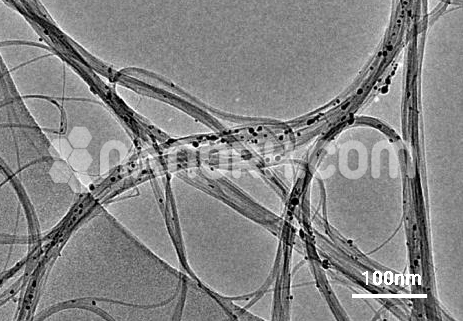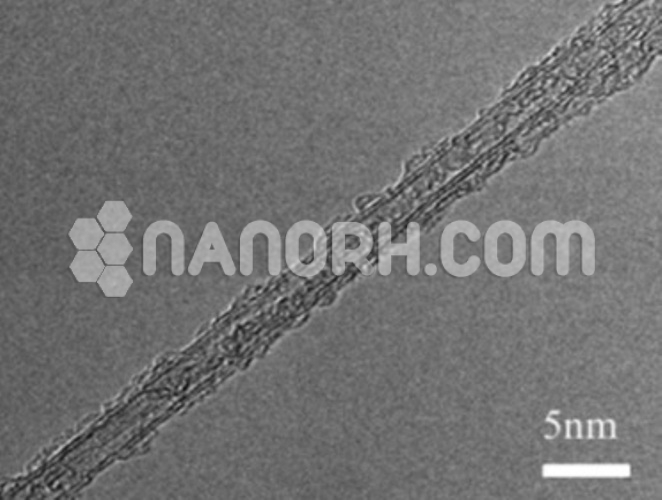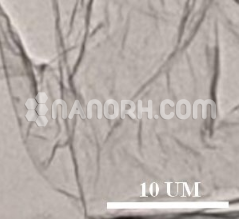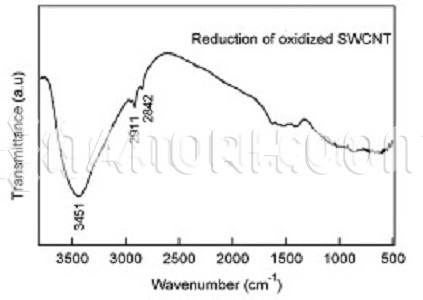| Research Grade Single Walled Nano Tubes | |
| Product No | NRE-32009 |
| CAS No | 308068-56-6 |
| Purity | >98% |
| Average Diameter | 1.1 nm |
| Average Length | 5-20 um |
| Specific Surface Area(SSA) | 450 m2/g (BET) |
| Tap Density | 0.08g/cm3 |
| True Density | 2.1g/cm3 |
| Electric Conductivity | > 100 S/cm |
| Thermal Conductivity | 50-200 W/m.K |
| Ignited temperature | 630 °C |
Research Grade Single-Walled Nano Tubes
Introduction
Research grade single-walled carbon nanotubes (SWCNTs) are nanoscale cylindrical structures composed of a single layer of carbon atoms arranged in a hexagonal lattice. These materials are characterized by their exceptional properties, including high tensile strength, lightweight nature, excellent electrical and thermal conductivity, and large surface area. Due to these unique attributes, research grade SWCNTs are extensively utilized in various scientific investigations and technological applications, making them vital for advancing nanotechnology and materials science.
Applications
Nanotechnology Research:
Fundamental Studies: SWCNTs are used to explore the fundamental properties of nanomaterials, including quantum effects, conductivity, and mechanical behavior, contributing to our understanding of nanoscale physics and chemistry.
Electronics:
Transistors: SWCNTs are investigated as potential materials for field-effect transistors (FETs), providing insights into high-speed electronic devices due to their exceptional carrier mobility.
Conductive Films: They can be utilized in the development of transparent conductive films for displays and touchscreens, leveraging their high conductivity.
Energy Applications:
Supercapacitors: Research grade SWCNTs are employed in supercapacitors, enhancing energy storage capacity and charge/discharge rates due to their large surface area and electrical properties.
Solar Cells: They can be integrated into photovoltaic devices to improve light absorption and charge transport efficiency.
Biomedical Applications:
Drug Delivery: SWCNTs can be functionalized to carry therapeutic agents, allowing for targeted drug delivery systems in cancer therapy and other medical applications.
Biosensors: Their high surface area and conductivity make SWCNTs effective in developing sensitive biosensors for detecting biomolecules and pathogens.
Composite Materials:
Mechanical Reinforcement: When incorporated into polymers or other materials, SWCNTs significantly enhance mechanical strength, electrical conductivity, and thermal stability, making them suitable for high-performance composites.
Environmental Applications:
Water Purification: Research grade SWCNTs can be functionalized to remove contaminants and pollutants from water, making them valuable for environmental remediation.
Air Filtration: They can be used in filtration systems to capture harmful gases and particulate matter, contributing to improved air quality.




